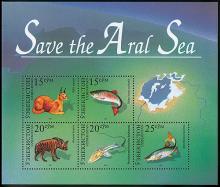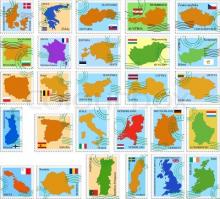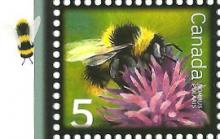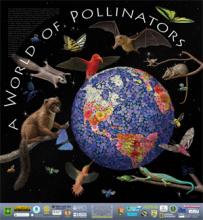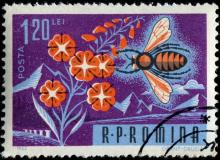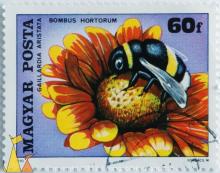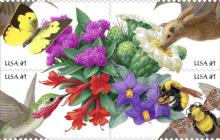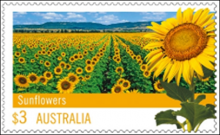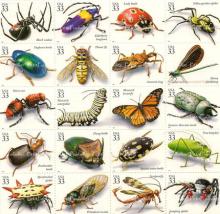A key government scientist whose research was used by ministers to argue against a ban on pesticides thought to harm bees is to join Syngenta
Dr Helen Thompson will leave the government's Food and Environment Research Agency (Fera) to join Syngenta on 1 September. Thompson led a field trial of the effect of neonicotinoids – the world's most widely used insecticides – on bees, which was fast-tracked and frequently cited by ministers – although the UK subsequently failed to block a two-year ban in Europe on the pesticides after 15 other EU nations voted in favour. "Government policy should be informed by unbiased and disinterested scientific research," said Joan Walley MP, chair of the environmental audit committee, whose report in April accused the environment secretary Owen Paterson's department of "extraordinary complacency" over bees and pesticides. "This principle is undermined if the government research agency is too close to the pesticides industry and if scientists are zigzagging between the two." A Fera spokeswoman said: "Dr Thompson's move is a reflection of her expertise and international reputation within the scientific community. There is no conflict of interest. There are very specific rules for civil servants governing the acceptance of appointments outside the civil service."


